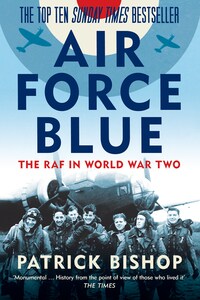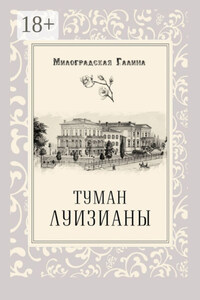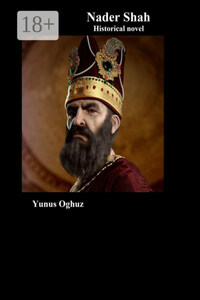Air Force Blue: The RAF in World War Two – Spearhead of Victory

In a return to sweeping social history of wartime, Patrick Bishop – author of bestselling Fighter Boys and Bomber Boys – explores the lives and wartime experience of thousands of men and women who served in all units of the airforce. To mark the centenary of the RAF in 2018.On 1 April 2018, the Royal Air Force will be a hundred years old – a short life by military standards but an extraordinarily important and eventful one.From the start it was special, standing sometimes awkwardly but always proudly a little apart from the existing services. It was a product of the modern age, whose fortunes depended on ever-more sophisticated machines and the right calibre of men to fly them and to keep them airborne.Its achievements between 1939 and 1945 – when it was Britain's last line of defence and the spearhead of its counter-attack, were central to the entire war effort.During these years, one in four of those in uniform wore air force blue and the ethos of the RAF was indistinguishable from the spirit of the nation.Following his bestselling books Fighter Boys and Bomber Boys, Airforce Blue tells personal stories of those who served, using the letters, diaries and memoirs of the participants to create a true picture of what it was like to be a pilot, a navigator, a gunner, a fitter or a WAAF ops room clerk. It recreates the reality of operations, whether wheeling over Kent in a Spitfire in 1940, rumbling towards the Ruhr in a Halifax the 1942 or looking down from the cockpit of a Liberator at the grey corrugated waters of the North Atlantic in 1943. It will also light up the humanity of the participants at every level; their values and motivations, their desires and ambitions.Air Force Blue is a substantial work of history, a monument to the wartime RAF as a whole and a must-buy for the descendants of the million-plus men and women from not just Britain but Canada, Australia and New Zealand who served.







